24 hours to the start of the start of The Transat CIC – the weather for once seems that it will be on point!
For the past few days, excitement has been building in The Transat CIC village at Lorient, La Base. The countdown has begun until Clarisse Crémer will line up with her IMOCA L’Occitane en Provence to take the start line of this iconic race. The routings predict a fast course which could see the leading boats crossing the finish line off New York in over eight days.
Good news for the start day, the latest weather forecasts are most encouraging. While Saturday will see a depression hitting the coast of Brittany, a beautiful weather window seems to be opening up for the big day on Sunday, with a well-established anticyclone over the Azores expected to provide ideal conditions. A west-northwesterly wind delivering 12 to 18 knots is anticipated, a perfect scenario for the boats to sail away from the coast of France and into the Atlantic.
But if the first hours after the starting signal ease the skippers into the race, unfortunately it won't last. "There will be good weather conditions for the start. The boats will start close-hauled, which will be a comfortable start. Then, a depression accompanied by a front will arrive rapidly, as they’ll approach a low pressure system, which is still evolving. We are very attentive to this, as this front is more active and stronger than we imagined. For the routings, Clarisse will have two options, either go into the strong winds to try to pass the front quickly or move away from it and preserve the boat. It will be important to find the right balance. Once this depression is passed, she will have to cross a ridge, which is a windless area, before heading back towards New York." Explains Alan Roberts, Performance Manager for the L’Occitane Sailing Team.
Between the expected temperature changes on this Atlantic crossing and the highly variable weather conditions, Clarisse's journey promises to be challenging: the conditions suggest many sail changes and adjustments in the early days and very cold conditions mid Atlantic. "It's certain that it will be tough for her, she will experience very varied conditions in a very short time, and the cold will gradually arrive on board, making onboard living conditions more difficult. Ultimately, it will be good training for the Vendée Globe. She should arrive in the United States in about ten days." Alan adds.
It will be interesting to see the options the fleet choose as some boats still have to qualify for the Vendée Globe!
